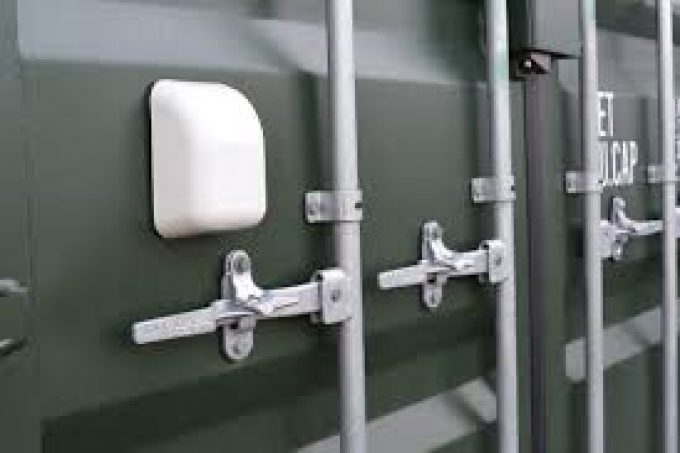Solid results in '24 and a good start to '25, says bullish Hapag-Lloyd CEO
German container shipping line Hapag-Lloyd appears to have slightly lost market share last year, today ...

With the rapid rise in the use of container tracking devices, the cargo insurance industry is increasingly concerned over the question of data ownership.
Shipping consultant Drewry said there would be almost nine million boxes fitted with tracking and telemetry equipment by 2026, with Hapag-Lloyd’s decision to fit trackers to its fleet of dry boxes likely to initiate a scramble among container lines to implement similar systems.
However, Mike Yarwood, loss prevention MD at insurer TT Club, told The Loadstar: “I’ve yet ...
Volcanic disruption at Anchorage could hit transpacific airfreight operations
Shippers snap up airfreight capacity to US ahead of tariff deadline
Forwarders stay cool as US 'liberation day' tariffs threaten 'global trade war'
New price hikes may slow ocean spot rate slide – but for how long?
Tighter EU import requirements proving 'a challenge' for forwarders
Supply chain delays expected after earthquake hits Myanmar
Looming Trump tariffs will create 'a bureaucratic monster' for Customs

Comment on this article